Sometimes I feel bad for humanitarian crises. They rise so quickly to the top of public consciousness, but fall from it even faster.
In recent years human trafficking has risen to the top of the public’s “things to be horrified by” list, driving organizations to ramp up their efforts to end the world’s second-most lucrative business. However, as with anything in the media, trafficking rode a wave of fame over a few years and has faded into a sort of white-noise graveyard. Once something is common knowledge, it’s easy to stop listening and begin thinking we know all there is to know about an issue – which may lead us to some incorrect assumptions.
In honour of the UN’s World Day Against Trafficking in Persons on 30 July, it’s worth digging up a buried issue and dusting the cobwebs off our understanding of what trafficking is, why it occurs, and what we can do about it.
Myth #1: Human trafficking refers to the sex industry in Asia.
The first thing that will help us is to get a good definition under our belts. Trafficking in persons (aka human trafficking) is “putting or keeping someone in an exploitative situation, usually for profit,” according to World Vision.
However, they say sex sells, and that’s certainly true when it comes to human trafficking. Sex has long been the primary motivator for trafficking in persons, and continues to account for almost half of all cases.

But it’s becoming increasingly common for human trafficking to occur for other reasons – primarily forced labour. From 2007-2011, there was an 8% increase in the number of victims trafficked for labour. In East Asia, trafficking for forced labour is over twice as common as trafficking for sexual exploitation. In the Americas, labour and sex are roughly equal motivators for exploitation.
Things like the commercial fishing industry, manufacturing jobs and factory work drive demand – but these aren’t quite as scandalous or dramatic as sex itself, yet have similarly traumatic psychological effects.
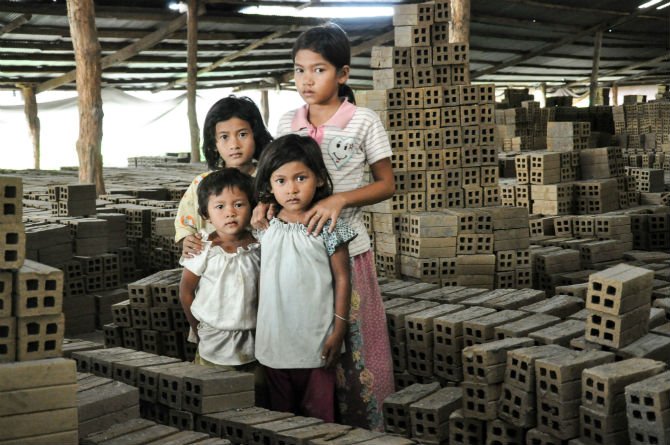
Myth #2: Poverty and trafficking have nothing to do with each other.
Poverty drives people to relocate based on opportunity, which leaves them vulnerable to a number of risks as illegal migrant workers.
In regions where wealthy countries neighbour more impoverished ones, the wealthier countries’ industries likely provide much-needed employment for those living in poverty nearby. The catch is that often, those jobs are “3D” – dirty, dangerous and degrading – and when desperation drives people to work in other countries illegally, they may become trapped in harmful work environments by a number of problems, as one report suggests:
“Isolation from community or lack of language skills makes it hard for trafficked victims to understand their rights. Illegal immigrants are threatened with exposure and arrest, and choose exploitative conditions as the lesser evil of the two. Many do not even consider themselves trafficked, and work for years on the promise of a wage one day, after their debt of migration has finally been paid off.
“Poor, uneducated, ethnically different people are the first choice for exploitative employers – it is easier to dehumanise them or abuse their rights.”
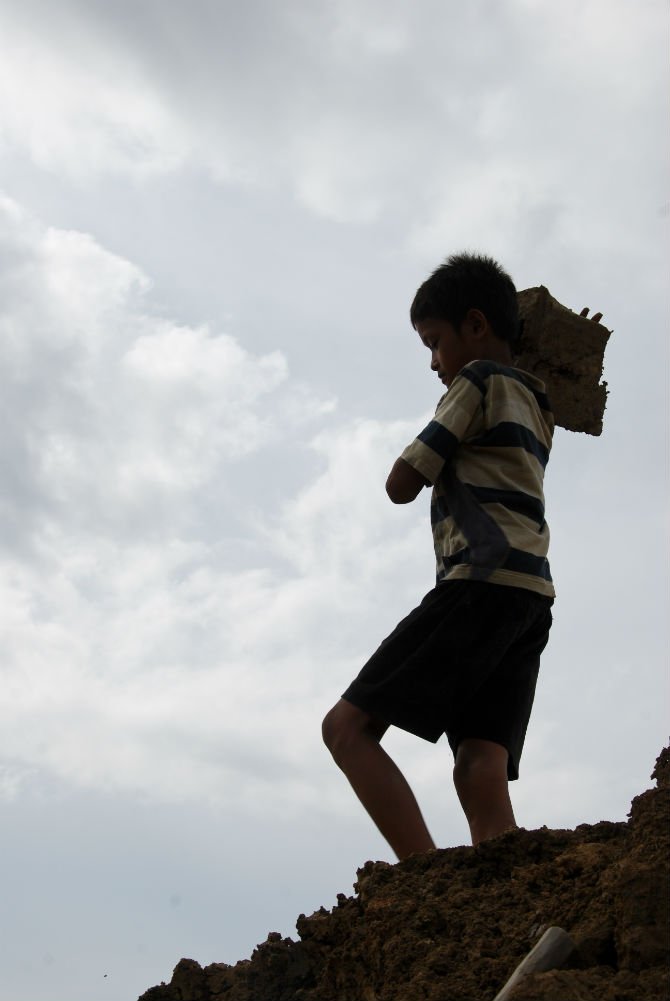
Myth #3: People wouldn’t be trafficked if they knew the risks of working in another country.
The lure of escaping poverty is more powerful than perceived risk of exploitation, according to a recent World Vision study, which found that though the majority of migrants were aware of migration-related trafficking risks, knowledge was not enough to deter 3 to 5 million people from seeking employment in neighbouring countries.
While many programmes have focused on discouraging people not to migrate, this report suggests that equally or perhaps even more important is education on how to migrate for work in a safe way, as the desperation of poverty has proven to be a more powerful motivator than its associated risks.
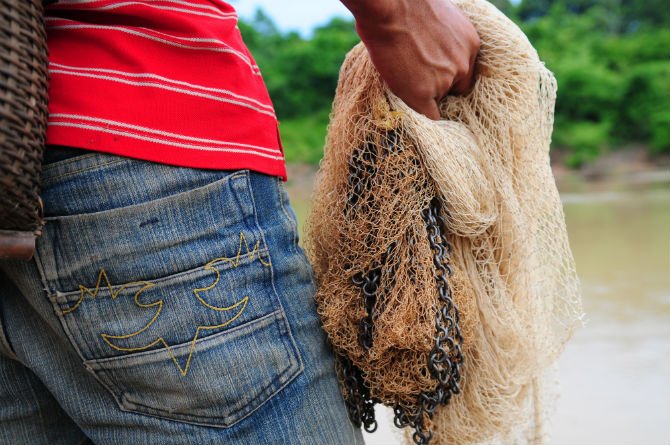
Myth #4: Trafficking occurs when men exploit women & girls.
According to a 2014 UN report, roughly 70% of identified victims of trafficking in persons were women & girls. That means 30% of all identified victims of trafficking were men & boys. For example, one young man migrated to Thailand to find work with a friend and was tricked onto a commercial fishing boat, where he worked for no pay, suffered physical abuse, and was underfed for two years before escaping.
On the other side of things, men aren’t the only ones doing the trafficking. According to the same report, nearly 30% of convicted traffickers were women.
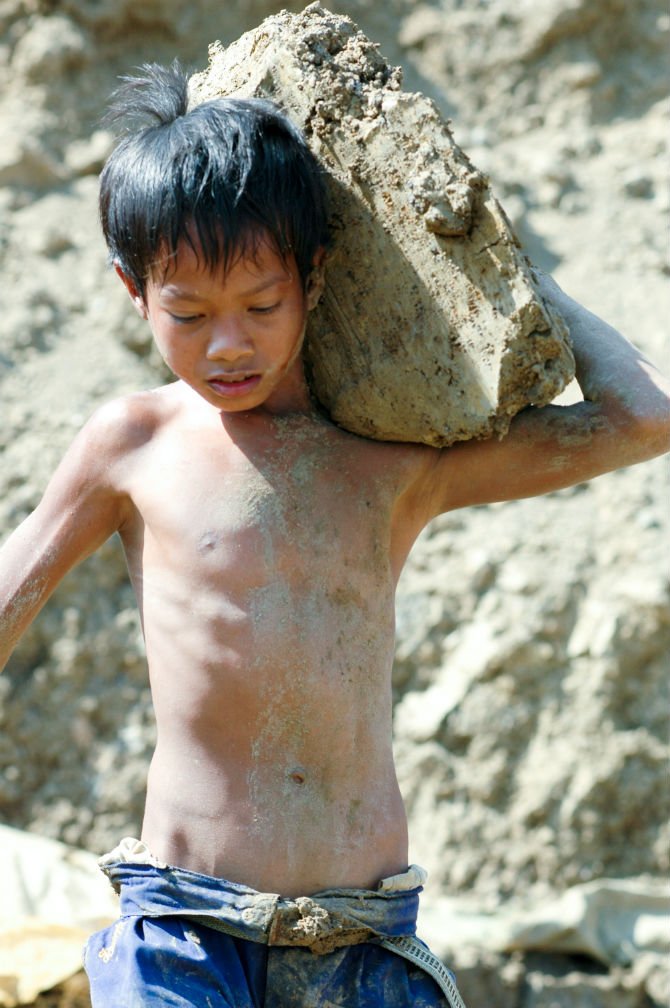
Myth #5: My daily choices don’t have anything to do with trafficking.
Consumers have the power to impact what’s available on the market.
If we refused to buy products that supported trafficked labour of every kind – that’s everything from purchasing & downloading pornography to buying clothing made by children in a factory to eating chocolate or drinking coffee & tea harvested by unfairly paid, overworked employees – the demand for forced labour in these industries would be non-existent, and there would be no incentive to exploit innocent people.
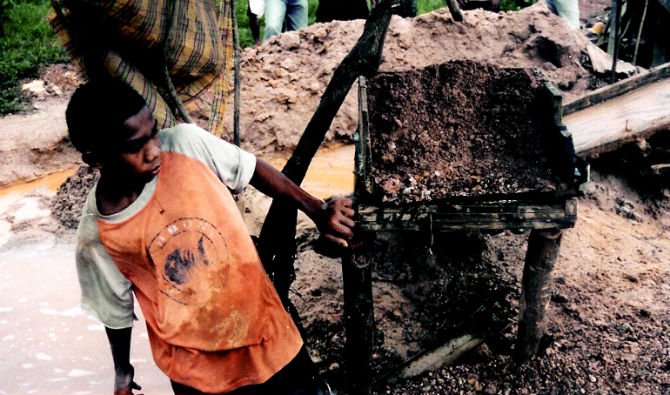
It’s important to keep the conversation about human trafficking fresh in peoples minds, even when the issue falls out of the media spotlight. Telling fact from fiction to understand the causes and reality of this injustice is crucial to ending this humanitarian crisis.
What do you think? Are there other myths about trafficking people commonly believe?
World Vision’s End Trafficking in Persons Programme is implemented in the Greater Mekong Sub-region made up of six countries connected by the Mekong River: Cambodia, China, Lao PDR, Myanmar, Thailand and Vietnam, and works for prevention, victim protection, and policy advocacy to end trafficking in persons.
Want to learn more? Read 10 Things You Need to Know About Trafficking.